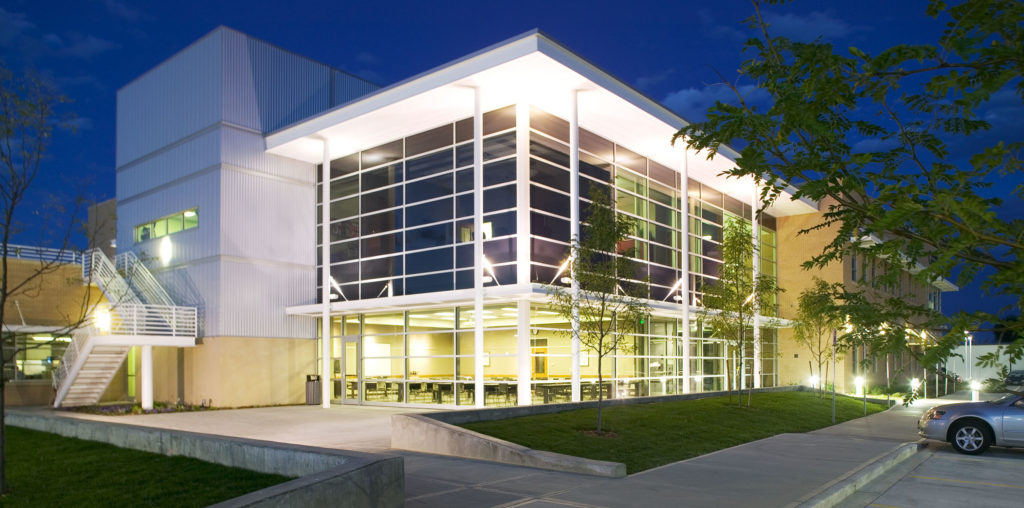Published by REALTOR Magazine on August 12, 2020
More employees are working remotely since the COVID-19 pandemic, a trend that may last for some companies.
America’s business districts may be poised for a metamorphosis, Realtor.com® reports. More employees are working remotely since the COVID-19 pandemic, a trend that may last for some companies. High-rise office buildings in downtown areas may be less crowded in the future, and the commercial sector is already working with developers and lawmakers to discuss ways these spaces can be retrofitted.
The remote work trend could “free up a lot of commercial space, which can be converted to affordable housing,” Ben Carson, U.S. Housing and Urban Development secretary, told Fox News in an interview in June. “We are very much looking at that right now, looking at ways to be able to facilitate that transformation.”
Indeed, “office-to-residential conversions would be a win-win solution in some cities where you’re seeing declining lease renewals and a massive shortage of housing,” notes George Ratiu, Realtor.com®’s senior economist.
Still, Ratiu says the urban office sector will still have a presence, but companies could shrink their office footprint as more people work from home or adopt a hybrid schedule by staggering in-office time periodic visits.
That could free up some space. Some office buildings may become hybrids within themselves, like a few floors reserved for office space, some for residential, and other for retail on the ground floor.
Even before the pandemic, Cleveland served as one example of an office-to-residential conversion that has been credited with helping to revitalize the city’s downtown. Old factories, office buildings, and department stores have been repurposed into higher-end apartments, some with waterfront views. About 60 buildings in the city have undergone a transformation using state and federal tax credits. Joe Marinucci, president and CEO of the Downtown Cleveland Alliance, says that of the city’s 4.5 million square feet of empty commercial space in the mid-2000s, about 2.5 million have since been turned into housing or hotels.
But many office spaces are locked in to long-term, multiyear leases that could even last for decades.
“We won’t see the full impact on offices until these leases end,” KC Conway, chief economist of the CCIM Institute, told Realtor.com®.



